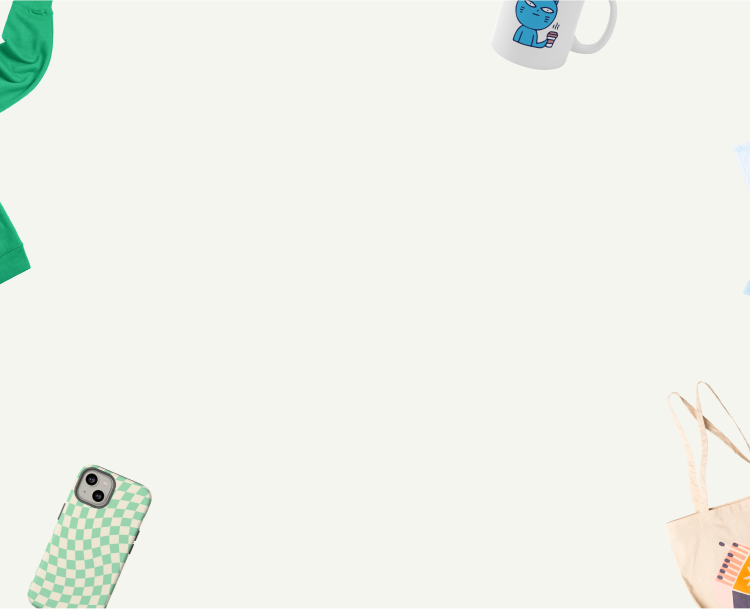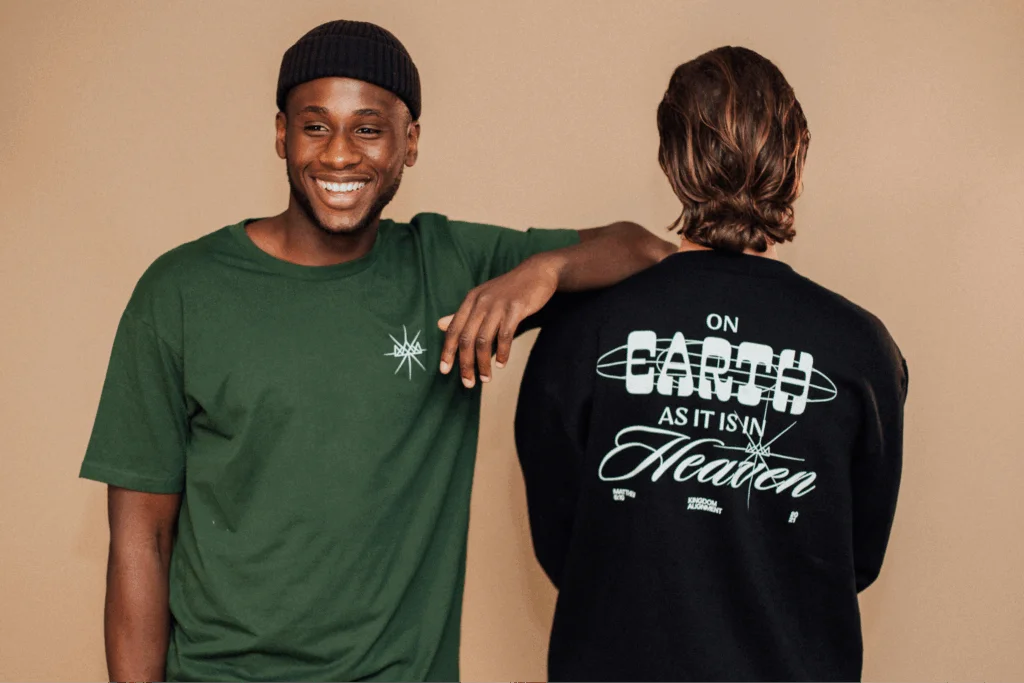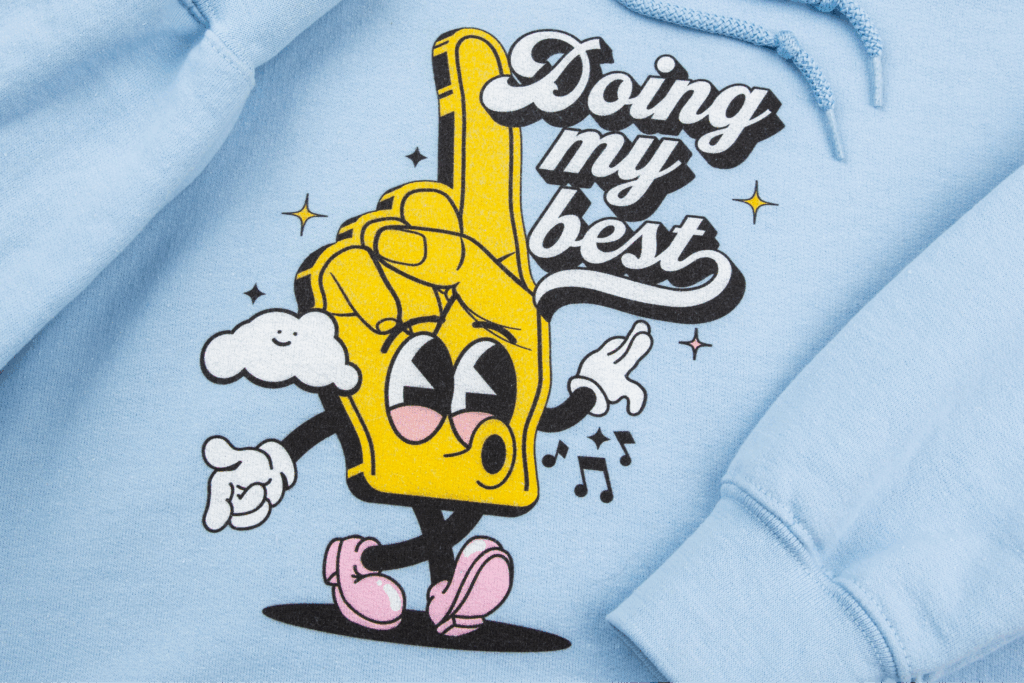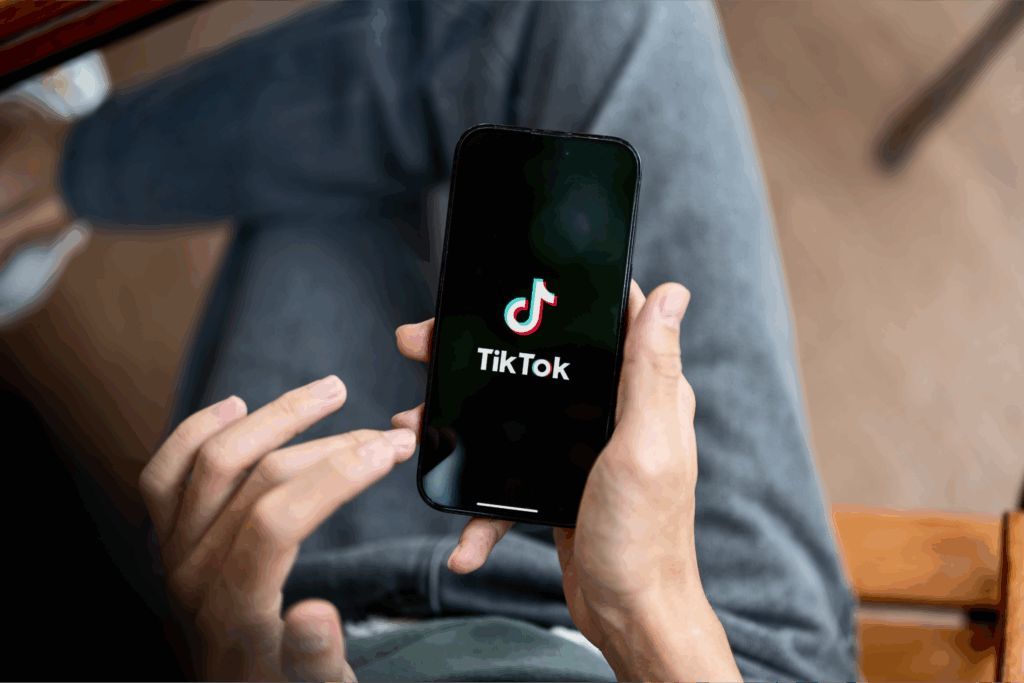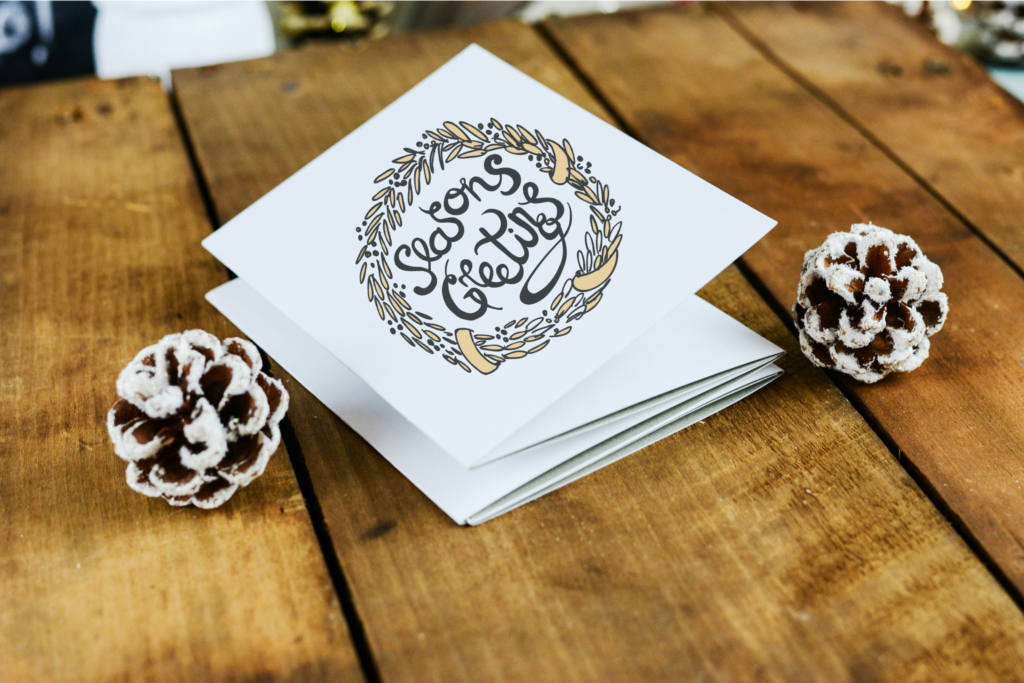Start your custom printing business today!
Welcome to the ultimate printing method showdown! When selling custom t-shirts or other apparel, your choice of printing technique can make or break your success.
This guide covers everything you need to know about DTF vs DTG printing – from print colors and costs to eco-friendliness. Get ready to discover the perfect fit for your unique needs and watch your designs come to life.
Key takeaways
- DTF printing is perfect for synthetic fabrics and many product types.
- DTG printing delivers vibrant, high-quality prints on cotton garments.
- Both methods cater to different business needs, so weigh your options carefully.
- Printify makes it easy to start with either method and scale your POD business.
- Fabric type, cost, and order volume play a big part in your printing method choice.
What is DTF printing?

Direct-to-film (DTF) printing involves printing designs on a special film, sprinkling adhesive powder, and using a heat press to transfer the design onto garments. It works great on a wide range of fabrics – even synthetics like polyester and nylon.
- Produces durable prints with vibrant colors.
- DTF printing requires special transfer film, adhesive powder, a DTF printer, and a heat press.
- Works on various fabrics, including synthetics.
A quick guide to direct-to-film printing.
What is DTG printing?
The direct-to-garment (DTG) printing process uses specialized DTG printers to spray water-based inks directly onto cotton or cotton-blend garments. The ink binds to the fibers, creating smooth and high-quality designs.
- Best for cotton and cotton blends.
- DTG printing requires a DTG printer and pretreatment for dark garments.
- Produces high-detail prints with excellent, vibrant colors.
A quick guide to direct-to-garment printing.
DTF vs DTG printing: What are the differences?
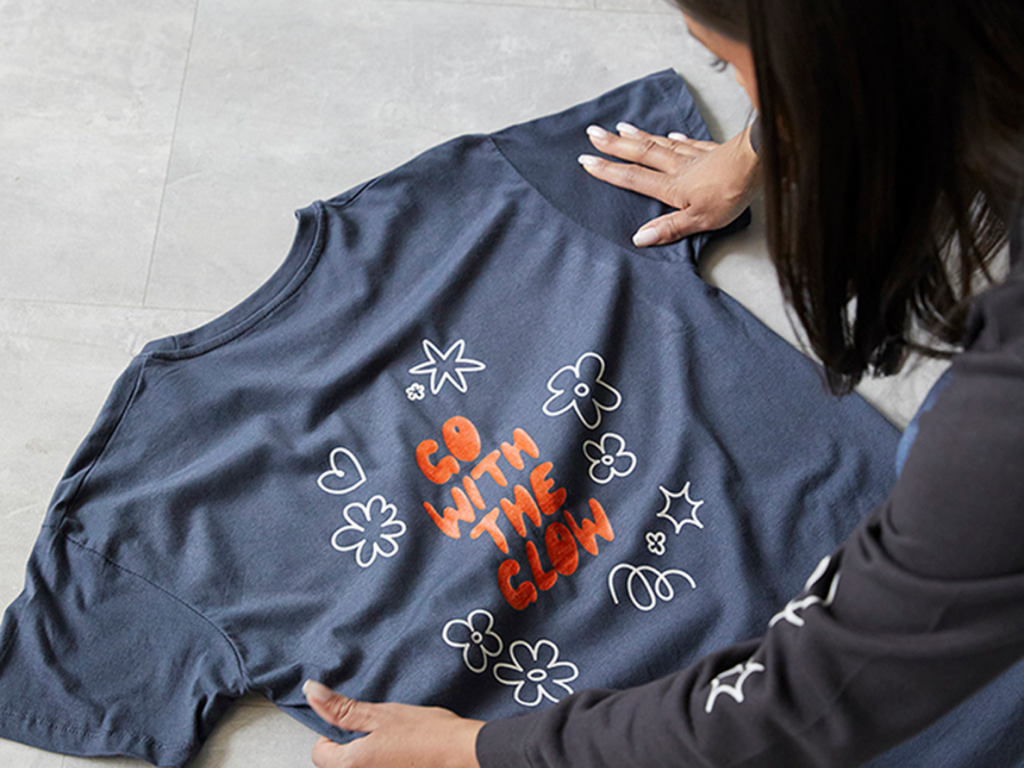
Let’s start with a quick direct-to-film vs direct-to-garment comparison.
| Feature | DTF printing | DTG printing |
|---|---|---|
| Print durability and quality | Highly durable, long-lasting prints | Print quality may fade over time |
| Color vibrancy | Bright, vibrant colors | Rich colors |
| Fabric suitability | Works on synthetics and blends | Best for natural fibers like cotton |
| Eco-friendliness | Uses adhesive powders and films, not the most eco-friendly | Water-based inks, more eco-friendly |
| Order quantity | Suitable for small and large orders | Ideal for small to medium runs |
| Production costs | Lower initial investment, affordable supplies | Higher upfront costs for printers and inks |
| Production time | Slightly longer due to the transfer process | Faster for single garments |
Now, let’s take a closer look to distinguish which is better – DTG or DTF – to help you decide which of the two printing methods is best for your business.
1. Print durability and quality
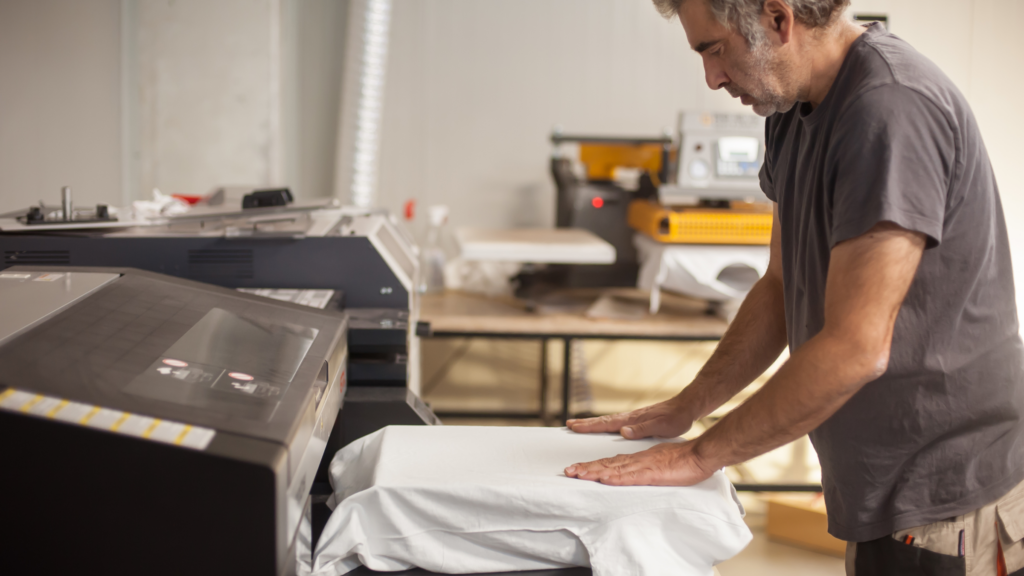
- DTF printing produces highly durable designs that maintain their integrity even after multiple washes. The adhesive powder ensures the ink binds firmly to the fabric, preventing cracking and peeling over time.
- DTG printing excels in creating sharp, high-resolution images. The inks blend seamlessly with the fabric fibers, delivering smooth prints. However, DTG prints on synthetic fabrics may not be as long-lasting, and designs can fade after frequent washing.
2. Color vibrancy
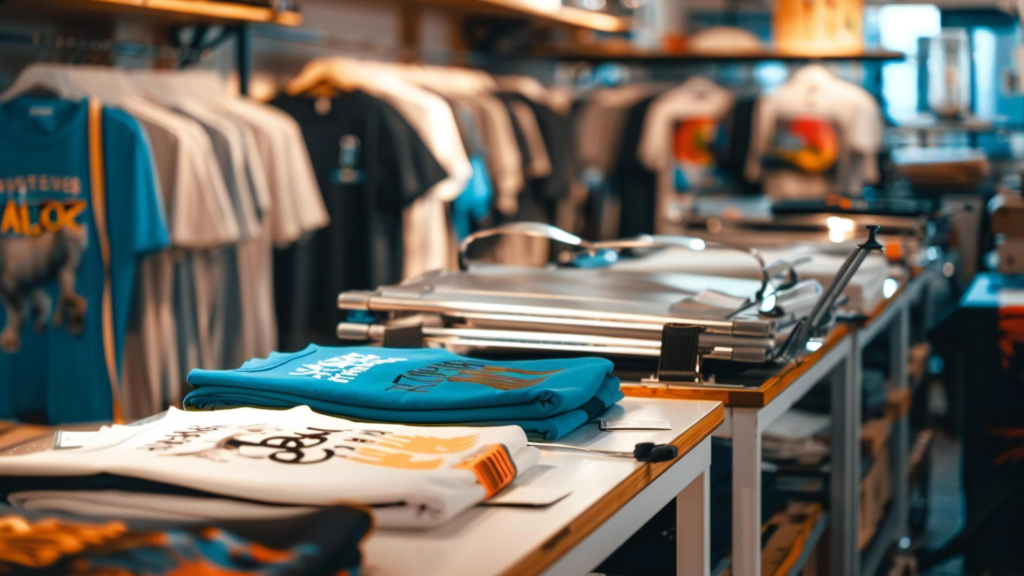
- DTF offers unmatched print color on all fabric types, including dark garments. The process ensures bright, eye-catching hues, making it ideal for bold designs.
- DTG produces stunningly rich colors on cotton and light garments. Pretreatment is required to enhance vibrancy when printing on dark-colored fabrics.
3. Fabric suitability
- The DTF printing technique is highly versatile, letting you print on a wide range of fabrics, including polyester, nylon, and blends. It’s perfect for creating designs on custom apparel like blank t-shirts and jackets or accessories like hats and tote bags, giving you more product flexibility.
- DTG is best suited for natural fibers like cotton and cotton blends. The inks bond well with these fabrics, ensuring high-quality results. However, direct-to-garment printing is less effective on synthetic materials, limiting its versatility.
4. Eco-friendliness
- While DTF provides flexibility, the process involves adhesive powders and transfer films, which may generate more waste. These materials are not as environmentally friendly as those in direct-to-garment printing.
- DTG printing is a greener option, using eco-friendly water-based inks. It produces minimal waste, making it an excellent choice for businesses prioritizing sustainability. However, pretreatment solutions for dark garments can add some environmental impact.
5. Order quantity
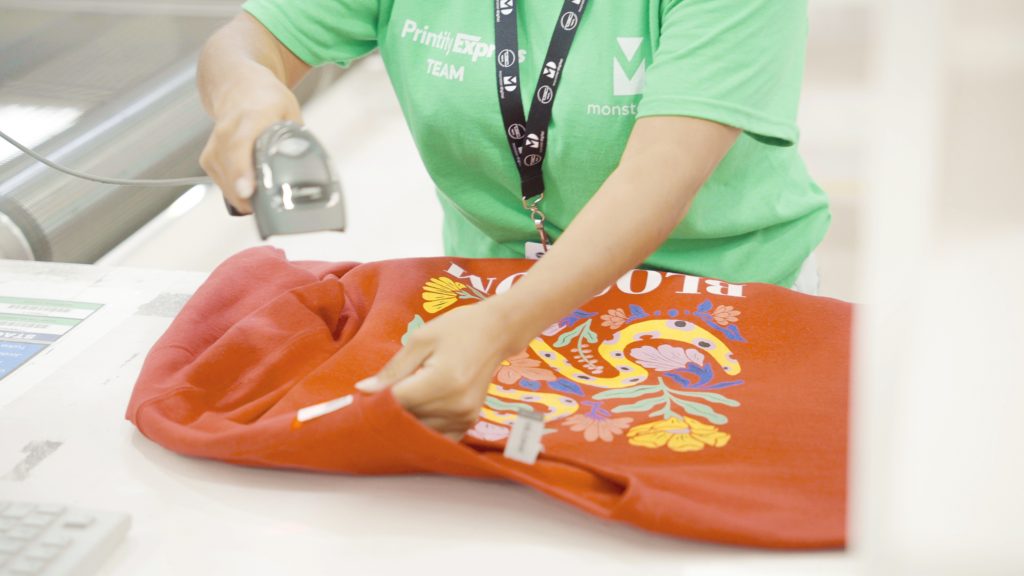
- DTF printing is suitable for both small custom orders and bulk production. The process is efficient and produces consistent quality across multiple items. It’s a cost-effective option for businesses scaling their product offerings.
- DTG is ideal for small to medium-sized orders. It excels at creating intricate details for custom orders but may not be the most time-efficient method for large-scale production due to slower printing speeds.
6. Production costs

- The initial investment for DTF equipment is relatively low compared to DTG. The materials, including transfer films and adhesive powders, are affordable, making direct-to-film printing a cost-effective solution for businesses starting out.
- DTG printing involves a higher upfront cost for specialized printers and water-based inks. DTG printers range from $10,000 to $30,000. Despite such a large investment, DTG is an excellent choice for creating high-detail, intricate designs.
Over time, the cost per print may balance out for smaller orders or custom one-off designs, especially for businesses prioritizing quality and customization.
7. Production time
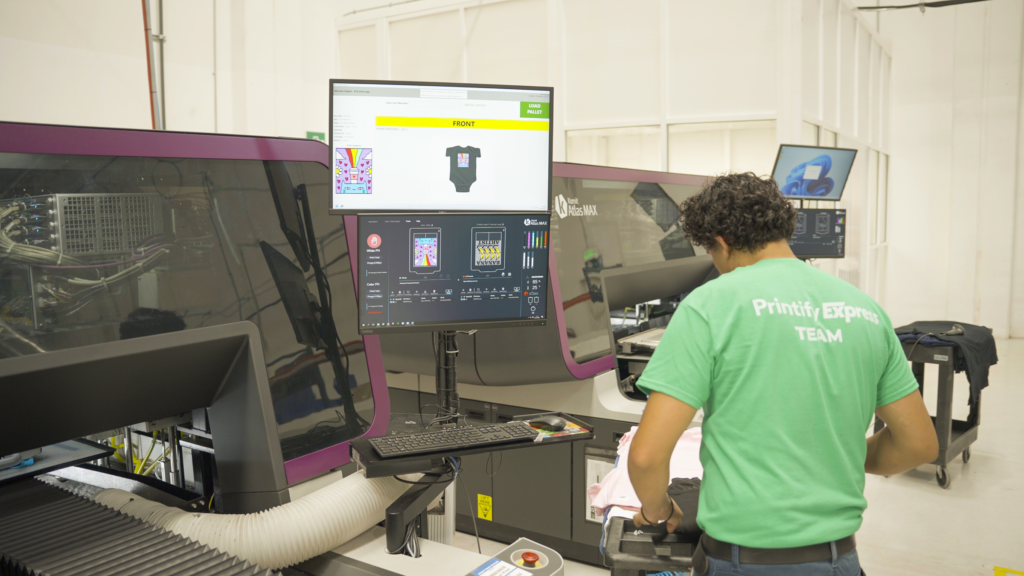
- The production process for DTF includes multiple steps, such as applying adhesive powder and using a heat press. While efficient, it takes slightly longer compared to DTG. This makes direct-to-film printing more suitable for planned production schedules rather than last-minute orders.
- DTG’s print time is faster for single garments like one t-shirt, especially when printing directly onto cotton. The lack of a transfer process streamlines production, making it ideal for on-demand printing or rush orders.
Both DTF and DTG printing methods shine in their respective domains, catering to different business needs.
Deciding between DTG and DTF printing depends on your priorities – fabric type, print detail, order volume, and sustainability. Whether you need the adaptability of direct-to-film printing or the precision of direct-to-garment printing, both offer unique strengths for growing your eCommerce business.
How to choose between DTF vs DTG printing
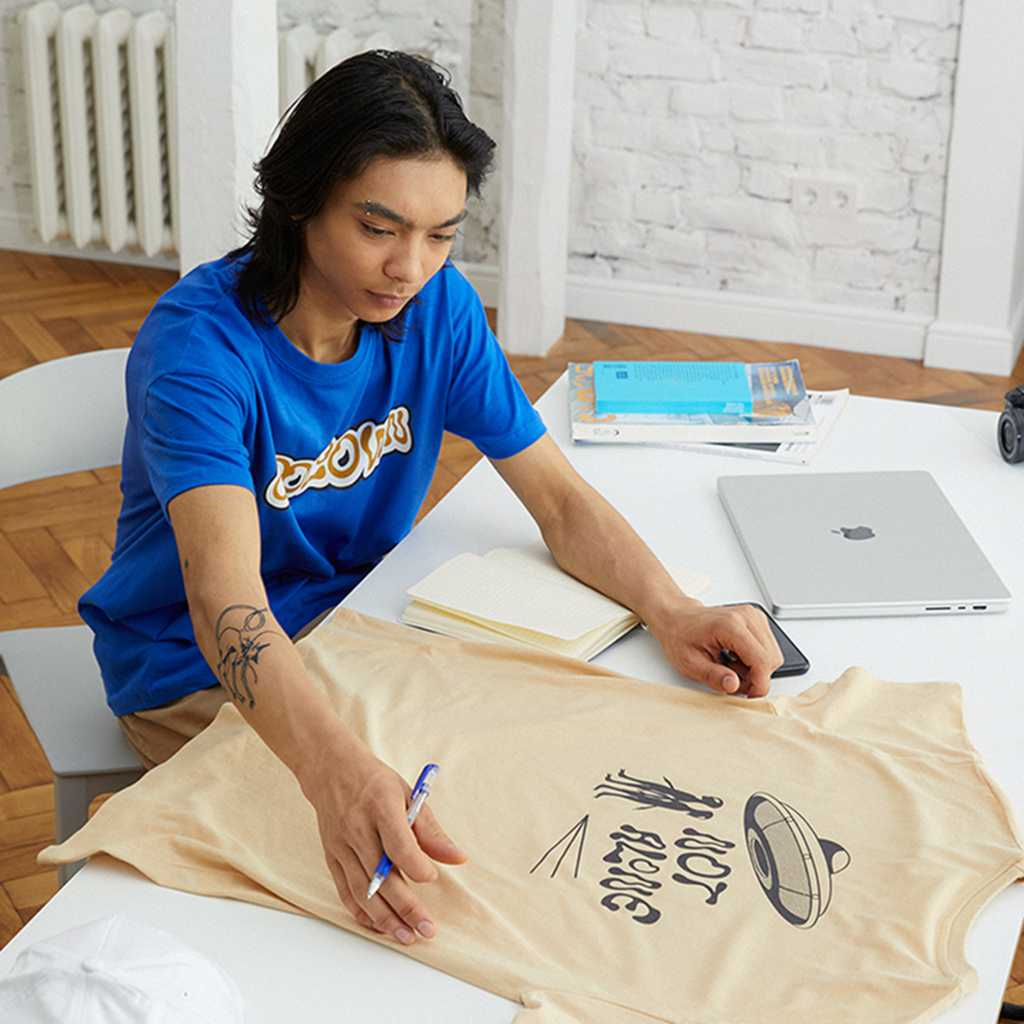
When deciding between DTF vs DTG printing, consider your business goals, product offerings, and customer needs.
When to choose DTF printing
Direct-to-film printing is a fantastic choice if you want to diversify your product offerings.
DTF inks work exceptionally well on synthetics like polyester, nylon, and fleece, as well as blended materials. It’s also perfect for non-garment items such as hats, bags, and home textiles. Its versatility makes it perfect for businesses catering to a wide range of customer needs.
The DTF process can handle a large printing volume with consistent quality, ensuring suitability for businesses of all sizes. DTF’s lower equipment costs and flexibility in printing various designs can be a game-changer for startups or businesses with lower budgets.
If you’re aiming to tap into markets requiring custom prints on unique materials, DTF is the best printing method for you.
When to choose DTG printing
Direct-to-garment printing is a great alternative to DTF and screen printing for businesses focusing on high-quality designs on natural fibers like cotton and cotton blends.
If your primary products are t-shirts, hoodies, and tote bags, DTG delivers exceptional results with sharp details and vibrant colors, especially for more intricate custom designs.
DTG inks are more eco-friendly, making this the right printing method for brands that prioritize sustainability.
For businesses with smaller order volumes or those targeting premium-quality apparel markets, direct-to-garment printing is the ideal choice. Its ability to produce high-detail prints quickly on demand can help you cater to customers seeking unique and personalized products.
Explore our decoration methods and find your best match for printing photos, patterns, and unique designs.
Tips for choosing between these popular printing methods
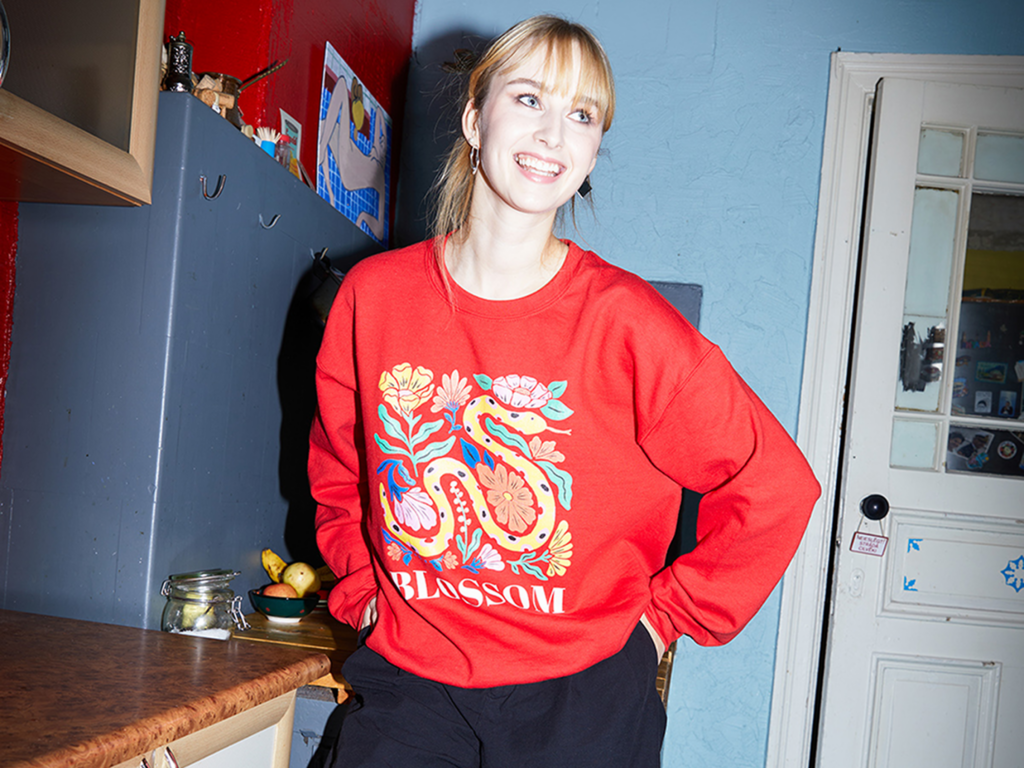
1. Consider your target audience and the materials they prefer
Think about who you’re selling to and the types of products they want. Direct-to-film printing is great for customers looking for vibrant designs on diverse materials like hats, tote bags, or jackets.
In contrast, DTG printing works best for customers who prefer soft, natural fabrics like cotton t-shirts. If your audience values intricate, photo-quality designs on light garments, direct-to-garment printing may be the ideal solution.
2. Evaluate your budget for equipment and supplies
If you’re starting on a smaller budget, DTF printers and supplies are more affordable. The process involves less upfront investment, making it beginner-friendly.
However, if you’re ready to invest in high-quality DTG printers, you’ll benefit from superior print resolution and eco-friendly inks. While the initial costs are higher, garment (DTG) printing can deliver unmatched detail for premium pricing.
3. Estimate your expected order volume and turnaround time
For businesses handling high-volume orders, DTF printing offers consistency and durability across multiple products. The heat press process ensures vibrant, long-lasting designs, making it ideal for bulk production.
If you focus on small-batch, personalized orders or need faster printing for single t-shirts, DTG printing shines with its streamlined process and faster production times for on-demand services.
4. Factor in the type of products you want to offer – garments or accessories
DTF printing stands out for its versatility, letting you print on accessories like tote bags, hats, and even shoes. If you want to diversify your catalog with non-garment products, film (DTF) printing is the better option.
On the other hand, direct-to-garment printing is commonly preferred for high-quality apparel, particularly cotton-based garments like t-shirts and hoodies. If your focus is on perfecting wearable designs with vivid colors and photo-like precision, DTG is the way to go.
When deciding between DTF vs DTF printing, spend time evaluating these factors to choose the method that aligns with your business goals and customer expectations.
Start printing using Printify
Printify makes it easy to start your print-on-demand business with:
- A vast Product Catalog featuring customizable items and several printing options
- Access to multiple Print Providers with global fulfillment options.
- Tools and guides to help you with printing designs, marketing, and scaling your business.
DTF vs DTG printing: FAQ
Is DTF better than DTG? It really depends on your printing needs. Direct-to-film printing is highly versatile and works on a wide range of fabrics, including synthetics, while the direct-to-garment printing process excels in producing detailed designs on cotton. Evaluate your product materials and design complexity to decide the best method for your business.
DTF printing requires additional materials like adhesive powder and transfer films, making the process more complex than DTG. These materials can generate more waste, making them less eco-friendly compared to the water-based inks used in DTG printing.
DTG printing isn’t super durable on synthetics and requires higher initial costs due to the price of DTG machines and inks. It’s best suited for cotton, limiting versatility for synthetics. Pretreatment is required for dark garments, and the printing process may not be as fast as DTF.
When choosing DTG vs DTF, durability is often a main deciding factor.
DTF prints are exceptionally durable and can withstand frequent washing without cracking or peeling. The adhesive powder used in the process ensures the design bonds firmly to the fabric, delivering long-lasting results for a variety of garments.
Yes, DTF printing produces high-quality results with vibrant colors and sharp details. This method is particularly effective for printing on synthetic fabrics, making it a reliable choice for businesses looking to achieve excellent print quality on multiple materials.
When applied correctly, DTF transfers are highly resistant to cracking. The adhesive powder ensures a strong bond between the design and the fabric, helping the print maintain its quality even after multiple washes. However, it’s not a bad idea to wash your DTF shirts, or really any printed shirts, inside out for maximum print protection.
DTF printing typically involves a lower initial investment with affordable equipment and materials. DTG, while more expensive upfront due to the cost of printers and inks, can be more cost-effective for producing intricate designs in smaller orders.
Screen printing is ideal for large orders with simple designs because it’s cost-effective. DTG excels in producing detailed designs on cotton garments, while DTF offers versatility across various fabrics. Each method serves unique purposes depending on order size and material type. Read more in our DTG vs screen printing guide to choose the best method for you.
Summary
DTF and DTG printing offer unique advantages for print-on-demand businesses. While DTF excels in versatility and durability, DTG is unbeatable for cotton garments with intricate designs. Choose based on your business needs, budget, and target audience.
Thinking of starting a printing business but don’t want to handle production and shipping yourself? Partner with Printify and get your full-color prints done and delivered worldwide – no upfront costs required!
